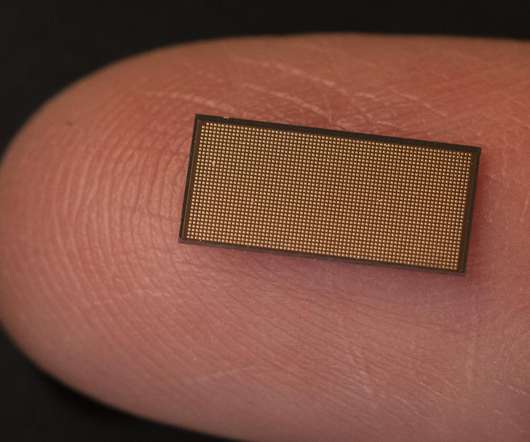UC Davis ITS researchers take a detailed look at water consumption and withdrawal requirements for ethanol
Green Car Congress
APRIL 28, 2011
Comparison with fossil fuels. Our water accounting system also considers different types of uses (consumptive, nonconsumptive, and withdrawal) and accounts for application losses, conveyance losses, water use of direct energy inputs throughout the life cycle, and coproduct credits. —Mishra and Yeh.












Let's personalize your content